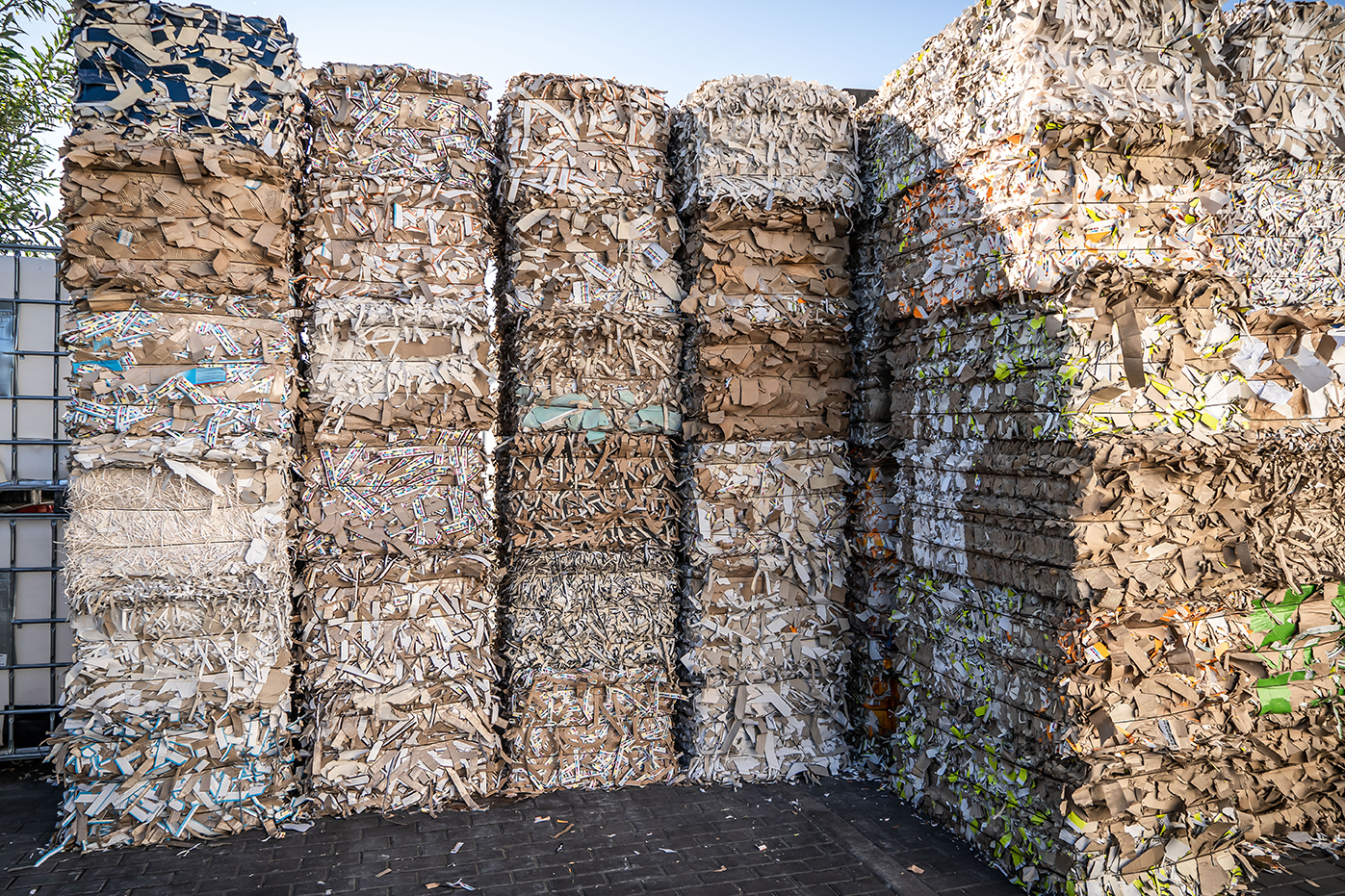.jpg)
Nearly 2.5 quintillion bytes of new data are generated each day. New discoveries, articles, data points, headlines … it is almost too much to handle. When it comes to massive quantities of data, the paper industry is no different.
Often, this data comes in very diverse styles, formats, collection frequencies, and systems—which makes it very siloed. There is no comprehensive, single-pane-of-glass view. Limited scope produces limited decisions, and analytics are impossible to apply to an entire industry when data is siloed or inconsistent.
That is why harnessing big data is crucial to optimizing the paper industry. By applying artificial intelligence and applying it to the paper industry, we will be able to solve critical issues and seize opportunities.
1. Reducing Energy Use
Achieving sustainability benchmarks is a major goal for the paper industry. To achieve these benchmarks, sustainability practices need to be prioritized alongside business objectives. Big data provides deep insights into energy use. These analytics can then be leveraged to generate process recommendations. This optimizes water, chemical, and energy consumption. That way, paper mills can achieve the best processes without wasting resources or energy that reverses progress toward any energy or sustainability benchmarks.
2. Achieving Uniform Quality
The paper industry is a lot more complex than many people give it credit for. Achieving consistent quality between from production to production can be challenging. Big data helps analyze pulping and papermaking processes and then suggests adjustments to deliver consistent quality.
Artificial intelligence helps analyze past paper production runs, data on materials being used, and environmental inputs. Armed with this information, future production can be optimized based on past patterns and performance.
Participating in the age of digital transformation is all about innovating based on opportunity. Here is what you can do with the right data at your fingertips:
- Optimize processes
- Produce higher-quality products
- Customize services
- Take advantage of new opportunities
The right information makes for more confident, data-backed decisions.
3. Seizing Opportunities
Deep analytics is the name of the game in many industries. With the right tools that collect, analyze, synthesize, and display data, big data is a game-changer for the paper industry. Big data allows technical experts, managers, and corporations to connect data from all equipment, processes, and touchpoints across the entire supply chain.
Collecting this type of holistic data surfaces a lot of data points that were previously not visible during the decision-making process. This produces an accurate way to make decisions, take advantage of new opportunities, and move forward into a new, digitalized future.
The advantages of big data can be applied to every step in the papermaking process. From planting trees to assessing shipments to tracking transport prices. Big data is helping the paper industry grow, achieve sustainability benchmarks, increase revenue, and protect the environment.
At NORPAC, we leverage data to produce high-quality, low-carbon recyclable graphic and packaging papers. To learn more about what we do, check out our products today!


.png)
